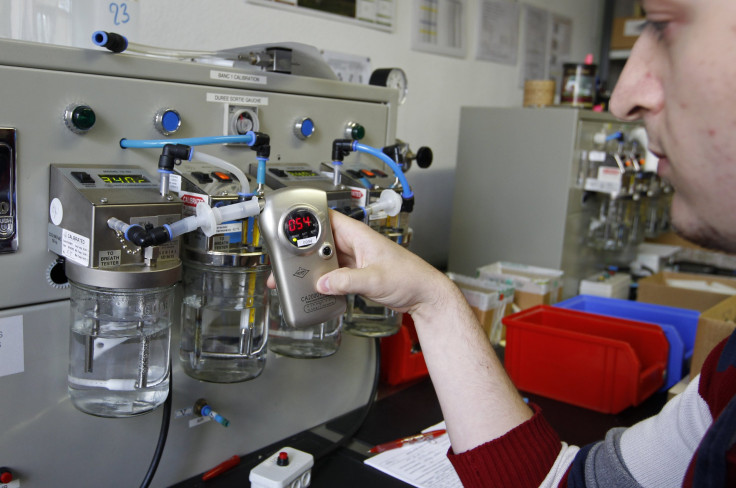Early-Stage Stomach Cancer May Be Detected Through A Breath Test, Researchers Say

Researchers have discovered that breath tests can be effective in detecting stomach cancer. A group of scientists conducted a nanoarray analysis of breath samples and found valuable findings that can potentially help to predict stomach cancer early using a low-cost method.
Prof Hossam Haick, of the Israel Institute of Technology, and his colleagues used a technology that can identify gut compounds exhaled through an individual’s breath. Although nanoarray analysis were previously acknowledged to to detect stomach cancer, the ability of these procedures to detect precancerous changes have not been established.
The research involved asking 484 individuals, 90 of whom were diagnosed with stomach cancer and have not undergone treatment, to fast for 12 hours and refrain from smoking for at least three hours prior to the study. The research team then obtained two breath samples for analysis. The participants were also assessed for smoking, drinking habits and for the presence of Helicobacter pylori, which is one of the leading causative factors associated with stomach cancer.
The researchers used different testing methods to study the two separate breath samples. The first method is the gas chromatography-mass spectrometry (GCMS), which is a technology that measures volatile organic compounds (VOCs) in exhaled breath. The second breath sample was studied using a nanoarray analysis and pattern recognition.
The GCMS study found that 130 VOCs were present in the breath samples. The researchers also compared the breath samples of individuals with stomach cancer and those who were determined to have precancerous changes as per VOC levels. It was discovered that eight distinctive marker compositions exists.
According to the study, the nanoarray technology was able to help them identify the breath-print compositions of the two groups effectively. The study was said to have the following rates: 73% sensitivity, 98% specificity and 92% accuracy. The results stayed true after accounting the impact of other causative factors, such as age, alcohol intake and administration of proton pump inhibitors.
As GCMS entails high costs, the researchers said that the nanoarray analysis techniquw can be a cheaper and equally effective alternative, following the series of tests. "The attraction of this test lies in its noninvasiveness, ease of use (therefore high compliance would be expected), rapid predictiveness, insensitivity to confounding factors and potentially low cost," the researchers close.
Stomach cancer is most common in older adults and is usually diagnosed at the age of 69. As per estimates, there will be 24,590 people in the U.S. to be diagnosed with the disease this year. It does not manifest at its early stages, making early diagnosis a challenge. Only 1 in 5 people are diagnosed before the cancer has spread to other organs, hence a breakthrough in the early detection of stomach cancer is said to take treatment outcomes to a whole new level.
To contact the writer, email rinadoctor00@gmail.com





















